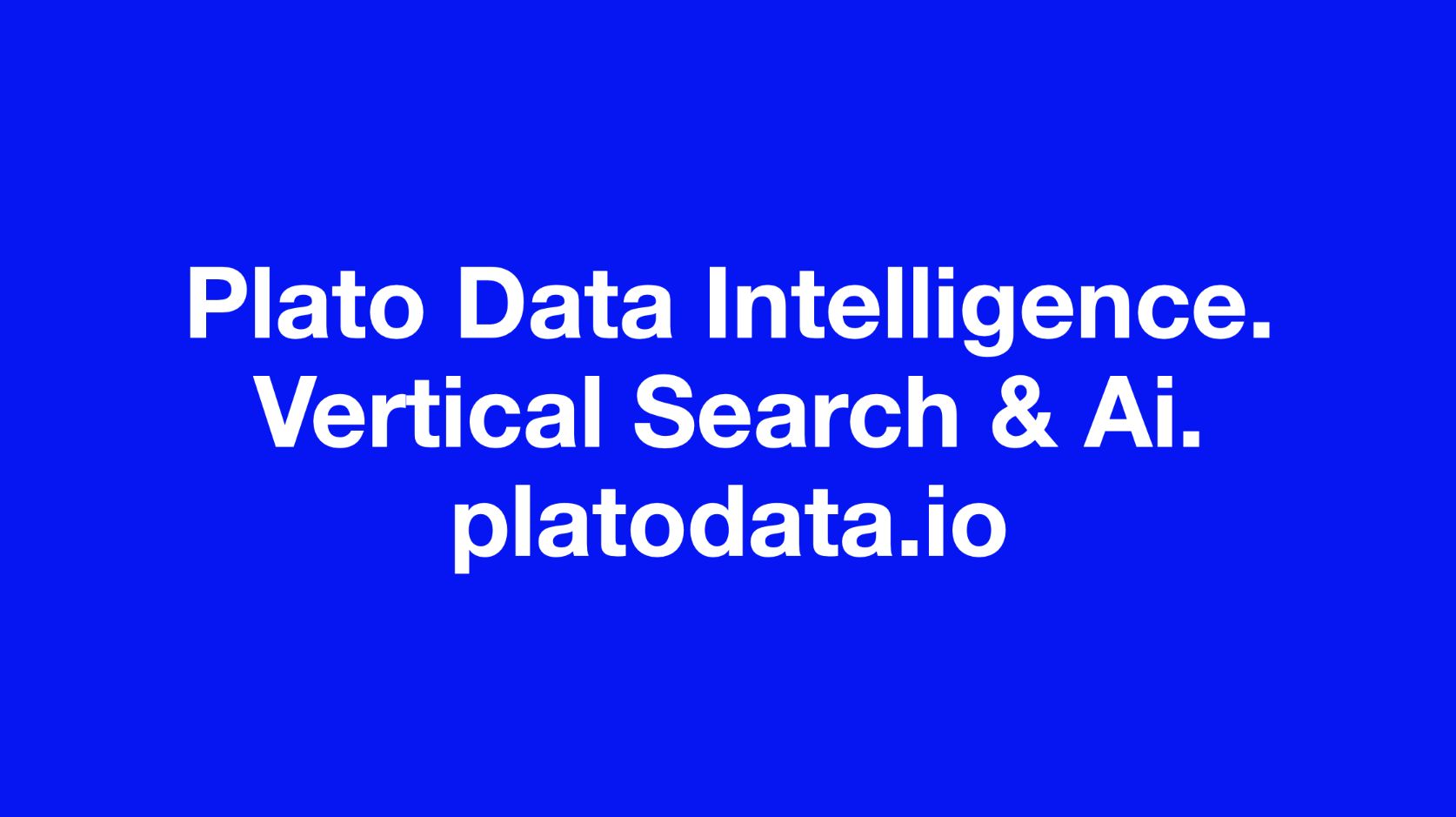Tesla, the renowned electric vehicle (EV) manufacturer, has been at the forefront of the sustainable transportation revolution. With its visionary CEO, Elon Musk, leading the charge, Tesla has consistently pushed the boundaries of what is possible in the automotive industry. One of the key milestones in Tesla’s journey towards a sustainable future is its Master Plan 3, which outlines the company’s strategy for the coming years. In this article, we will delve into the rationality behind Tesla’s Master Plan 3 and explore the insights it offers from the perspective of Physics World.
Tesla’s Master Plan 3 builds upon the foundation laid by its previous two master plans. The first plan focused on creating a high-performance electric sports car, the Tesla Roadster, to demonstrate that EVs can be both environmentally friendly and exciting to drive. The second plan aimed to develop a more affordable EV, resulting in the creation of the Model S sedan and subsequent models like the Model 3 and Model Y. Now, with Master Plan 3, Tesla aims to expand its product lineup further and accelerate the world’s transition to sustainable energy.
From a physics standpoint, Tesla’s Master Plan 3 aligns with several fundamental principles. One of these principles is energy conservation. Physics teaches us that energy cannot be created or destroyed; it can only be converted from one form to another. Traditional internal combustion engine vehicles rely on burning fossil fuels, which release carbon dioxide and other greenhouse gases into the atmosphere. In contrast, Tesla’s EVs utilize electricity as their primary source of energy, which can be generated from renewable sources such as solar and wind power. By embracing this principle of energy conservation, Tesla is contributing to a more sustainable future by reducing carbon emissions and mitigating climate change.
Another key aspect of Tesla’s Master Plan 3 is its focus on autonomy and self-driving technology. Physics plays a crucial role in enabling autonomous driving systems through various sensors and algorithms. For instance, lidar (light detection and ranging) sensors use the principles of optics to measure distances and create detailed 3D maps of the surroundings. Physics-based algorithms then process this data to make informed decisions about the vehicle’s movements. By harnessing the power of physics, Tesla aims to enhance safety, efficiency, and convenience on the roads, ultimately reducing accidents and traffic congestion.
Furthermore, Tesla’s Master Plan 3 emphasizes the importance of energy storage and grid integration. Physics teaches us about the principles of electricity and magnetism, which are fundamental to energy storage technologies like batteries. Tesla’s Gigafactories produce high-capacity lithium-ion batteries that power not only their vehicles but also energy storage systems for homes and businesses. These batteries enable the efficient utilization of renewable energy sources by storing excess energy during periods of low demand and releasing it when needed. This integration of EVs and energy storage systems into the electrical grid is a significant step towards achieving a sustainable and resilient energy infrastructure.
In conclusion, Tesla’s Master Plan 3 is a rational and forward-thinking strategy that aligns with fundamental principles from the world of physics. By focusing on energy conservation, autonomy, and energy storage, Tesla aims to accelerate the transition to a sustainable future. Physics World recognizes the significance of Tesla’s efforts in revolutionizing the automotive industry and driving innovation in clean energy technologies. As Tesla continues to push boundaries and inspire others, it is clear that the rationality behind its Master Plan 3 will play a crucial role in shaping a more sustainable and environmentally conscious future.
- SEO Powered Content & PR Distribution. Get Amplified Today.
- PlatoData.Network Vertical Generative Ai. Empower Yourself. Access Here.
- PlatoAiStream. Web3 Intelligence. Knowledge Amplified. Access Here.
- PlatoESG. Automotive / EVs, Carbon, CleanTech, Energy, Environment, Solar, Waste Management. Access Here.
- BlockOffsets. Modernizing Environmental Offset Ownership. Access Here.
- Source: Plato Data Intelligence.

